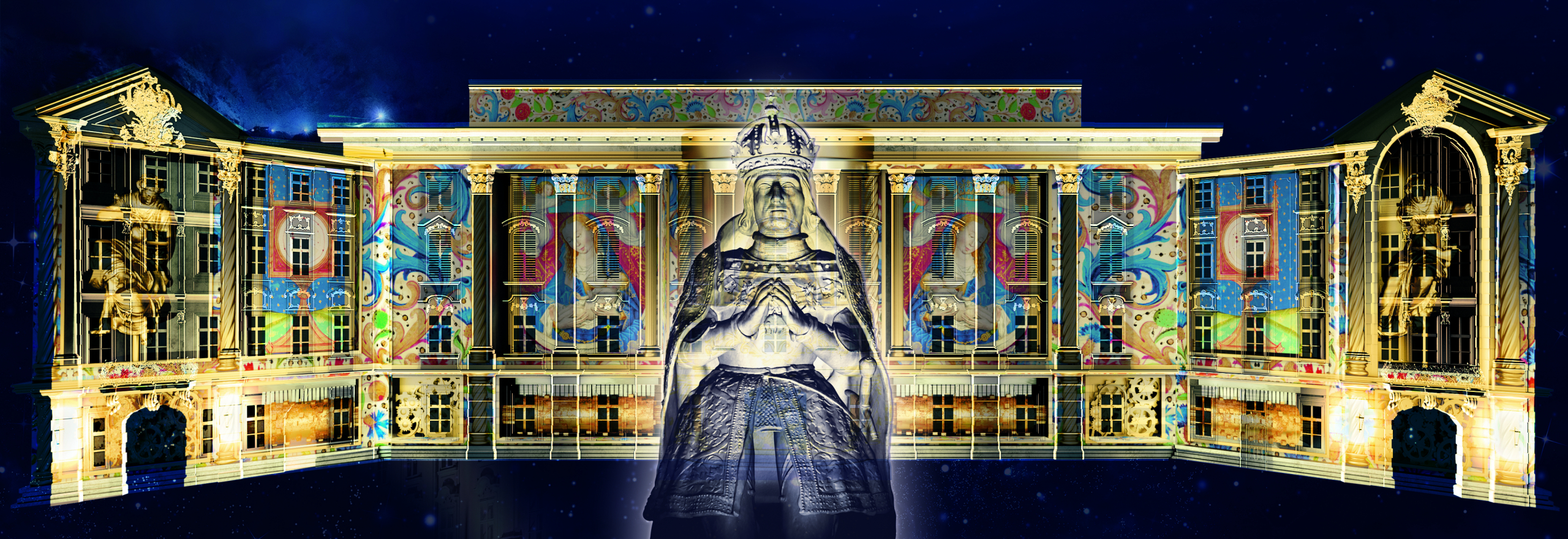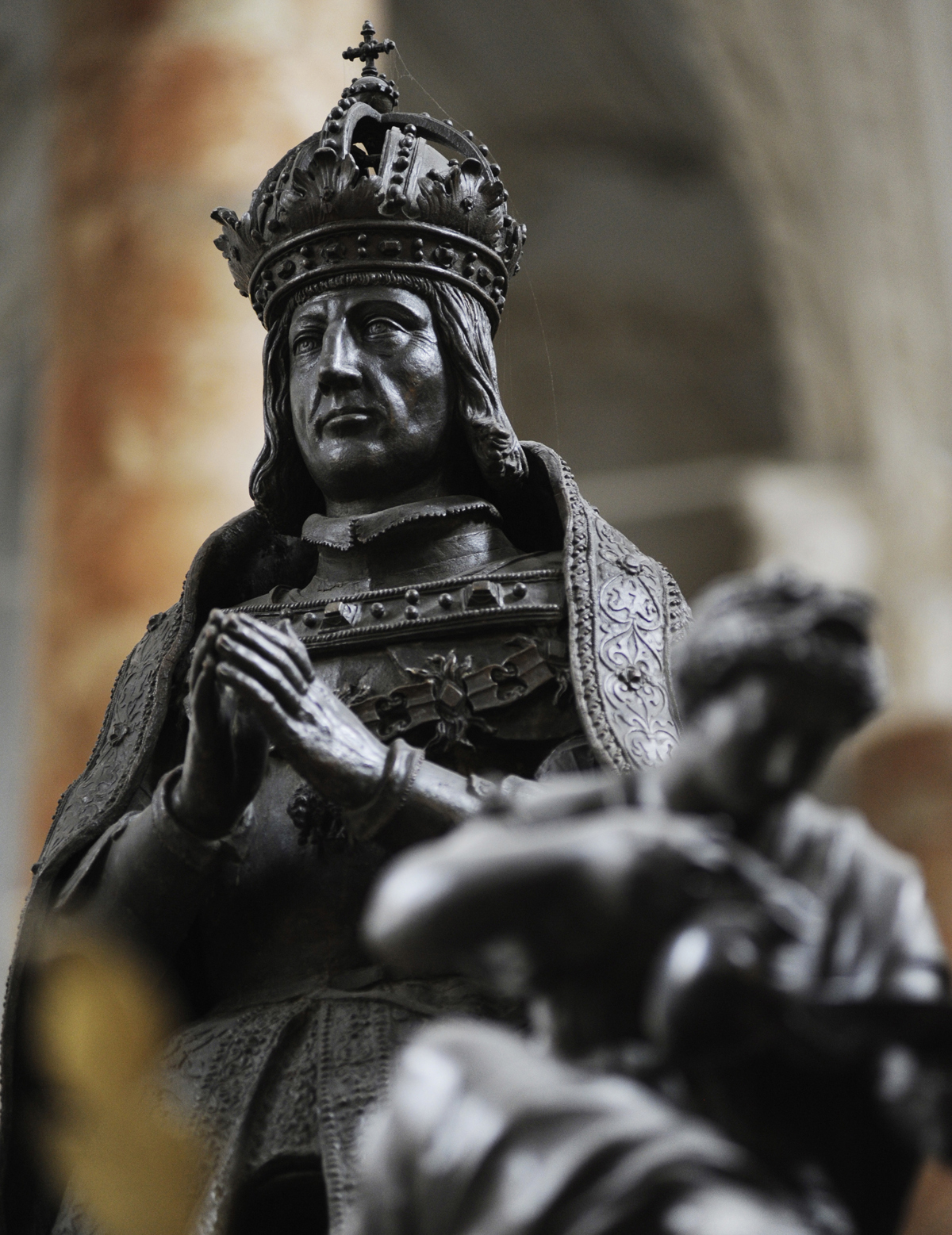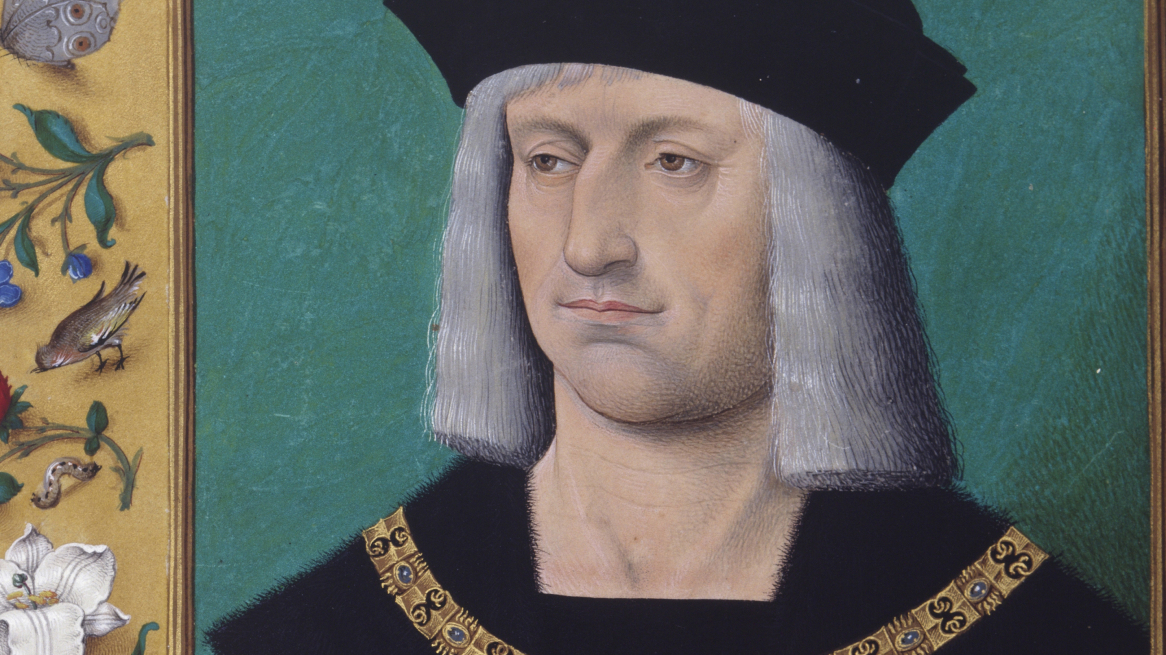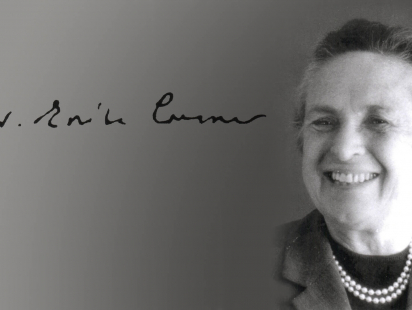January 2019 marked 500 years since the death of Holy Roman Emperor Maximilian I. Although he was born in Wiener Neustadt and died in Wels, Upper Austria, his legacy to Innsbruck is extensive. Which is one of the main reasons the city has been celebrating his life for the past year. Not just the past year though. As is fitting of someone who left such an indelible mark on the city, there are many reminders of Maximilian still to be seen in Innsbruck.
But first, a little history lesson.
Max power
When Bavaria and Tirol went to war in the 15th century over money that the Bavarians said was owed to them – money that had been loaned on the collateral of Tirolean land – Maximilian stepped in to mediate. Taking control of Tirol also meant taking on responsibility for the debt.
Due to Tirol having no law code at the time, the nobility extracted money from the general populace at will. Unsurprisingly, corruption was rife in the royal palaces of the state. After taking over, Maximilian immediately brought in financial reforms. He also encouraged silver mining, coining and arms manufacturing in order to boost the economy. The Golden Roof – featuring 2,657 fire-gilded copper tiles – was then built to symbolise his wealth and power. It was a grand spot where he could sit to watch over festivities from the street below. It is still the symbol of Innsbruck.
Maximilian was known as a skilled self-publicist. His magnetic personality helped him in terms of legacy because he was certainly no economist. Following his death, the debt he accrued took nearly 100 years to pay off but at least Innsbruck has plenty to show for it now.
Party to the Max
12th October saw the Abschlussfest (end party) to mark the end of the ‘Maximilianjahr 2019’. It was a lovely day, helped by the stunning Autumnal weather. I took my two sons along to see what was going on.
-

-
Auf ein kaiserliches Jahr 2019! © Innsbruck Tourismus
-

-
Duck fishing
-

-
The effigy of Emperor Maximilian I © TVB Innsbruck / Bernhard Aichner
As is entirely logical, the action was centered on the Golden Roof, which featured music and theatre, performed from a stage constructed underneath the canopy. Maximilian would surely have approved. He was known as a great patron of the arts, as well as sciences.
With my seven year old growing a little restless we moved on to the more child-friendly celebrations at Domplatz, the beautiful square outside St. Jakobs cathedral. My twenty month old seemed happy enough outside the Golden Roof though. If it had been up to him, we’d have been there enjoying the music all day!
Although it’s difficult to make a connection to Maximilan, the children nevertheless enjoyed fishing for plastic ducks in the fountain and riding toy cars! More era-appropriate activities such as juggling and stilt-walking were also in evidence.
If you want to find out a bit more about Maximilian’s legacy to Innsbruck there are several options.
Max in Innsbruck
Although buried in Wiener Neustadt, there is an elaborate cenotaph tomb in the Hofkirche (church) decorated with scenes from his life. It’s considered of the finest surviving examples of Germanic Renaissance sculpture, although it was Flemish sculptor Alexander Colin who did most of the work.
The Hofburg (palace) has an exhibition; ‘Maximilian I – into the modern era’. It was curated especially to mark the 500th anniversary but is now a fixture on the first floor. It uses multi-media technology to explore Maximilian’s life at the palace. Not just that, it also looks at the changes in European society from 15th century to the present day.
One of Maximilian I’s wider legacies was in regard to creating more stable royal dynasties across the continent. This was mainly achieved through the policy of inter-marriage between royals. The Habsburg Empire would reign as the ‘Austria-Hungary Empire’ until the end of World War I, but even now King Felipe VI of Spain and Queen Elizabeth II of the United Kingdom are descendants of Maximilian. Which means Charles, William and George are too. Even little Archie!

The museum at the golden roof. Rough translation: ‘The Golden roof’s fame echoes throughout the whole land’ (in ye olde Deutsch..)
But to bring things closer to Innsbruck, the museum at the golden roof also leans heavily on the life and times of Maximilian for its exhibits. You can also do as the Kaiser did, and enjoy the views over the bustling old town from under the roof itself.
27th November will also see the return of the LIGHTSHOW MAX 500. This daily event starts at 7:30pm and lasts roughly 20 minutes. This audiovisual 3D light/mapping show is a spectacular experience taking place in the Hofburg courtyard, with the walls of the palace acting as a giant screen for the projections.
The Zeughaus (Armoury) was built by Maximilian as a weapons depot. It’s now a fascinating museum of Tirolean history with a fine courtyard. The exhibits span archaeology, through mining and salt extraction, the two World Wars and right up to modern Tirol’s reliance on tourism. Well worth a visit. By the way, entry is free on December 24th if you’re around at Christmas time.
More Max
For more information on twitter check the hashtag #FollowMax500
Also, the APP 1519 is now available to download and provides Kaiser Max related audio and visual information on ten routes through Tirol’s historic old towns. This includes Innsbruck of course.
https://maximilian2019.tirol/news/detail/mit-der-neuen-app-1519-zehn-spannende-und-informative-routen-durch-tirols-historische-altstaedte-entd/
Header photo: Maximilian als dritter Ordenssouverän, Statutenbuch des Ordens vom Goldenen Vlies, Gent-Brüggener Schule, Flandern, Miniatur auf Pergament, 1519/20, Österreichische Nationalbibliothek, Wien, Handschriften-, Autographen- und Nachlass-Sammlung.









